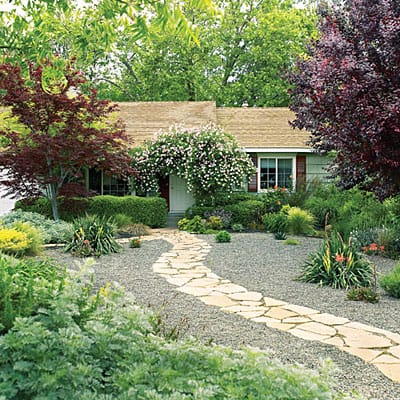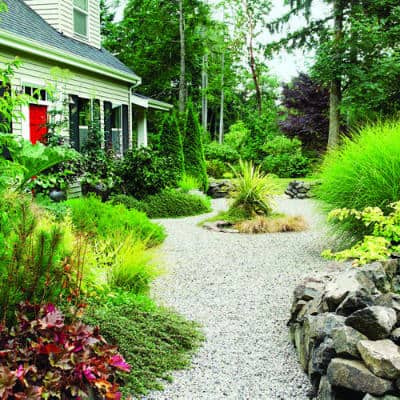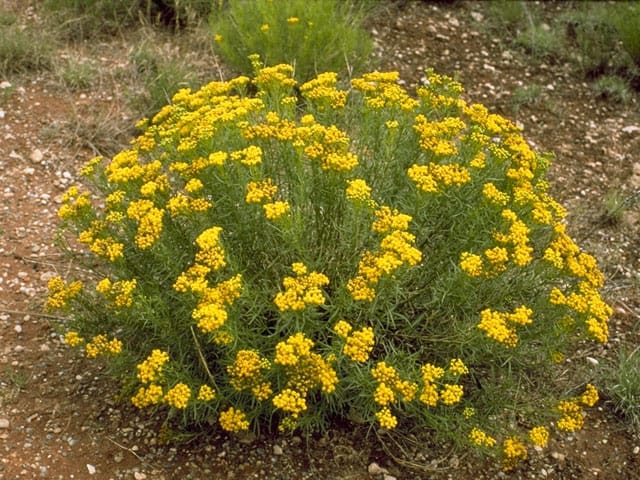If you live in Colorado, you’re no stranger to drought conditions. These past years have been dry ones and municipalities are becoming more rigid regarding non-essential water use. Fortunately, there are plenty of ways to design a drought-tolerant landscape in Colorado that can yield a lush and interesting look with minimal water consumption.
Here are a few tips for designing a sustainable landscape that can weather the dry years, as well as the Rocky Mountains’ extreme temperature variations and soil conditions.

Evaluate site conditions. Patience is a virtue for landscape designers. Use a season or two to evaluate your site, noting which areas tend to get the most and least water, as well as sun and/or shade. By evaluating your landscape, you can make better choices about which plants should go where. For example, the more moist areas of your yard — around downspouts or at the base of slopes — can be used for plants that require more water. You can save sandier, dryer patches for drought-resistant plants.

Amend your soil where needed. If you aren’t sure how a particular section of soil will react with water, dig a hole at least 12-inches deep and fill it with water. If the water drains immediately, you’ll need to amend it with organic materials, such as compost or leaf mulch. If the water pools and stays put for 30-minutes or more, you’ll need to add sandier soil amendments to increase porosity.

Replace or reduce your lawn. Lawns are not considered drought tolerant. Consider replacing your lawn, or a good portion of it, with colorful stone and ornamental plants. Ornamental grasses will provide a burst of green, while requiring significantly less water than a lawn.

Add color with drought tolerant plants. Our high-desert landscape is bursting with native color. You can achieve the same by planting native, drought-tolerant plants such as:
Once established, these plants can survive on rainfall and snow melt alone.
Would you like professional assistance designing a drought-resistant Colorado landscape plan for your property? Contact us at Lifescape Colorado for more information about our services.
